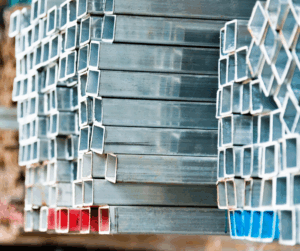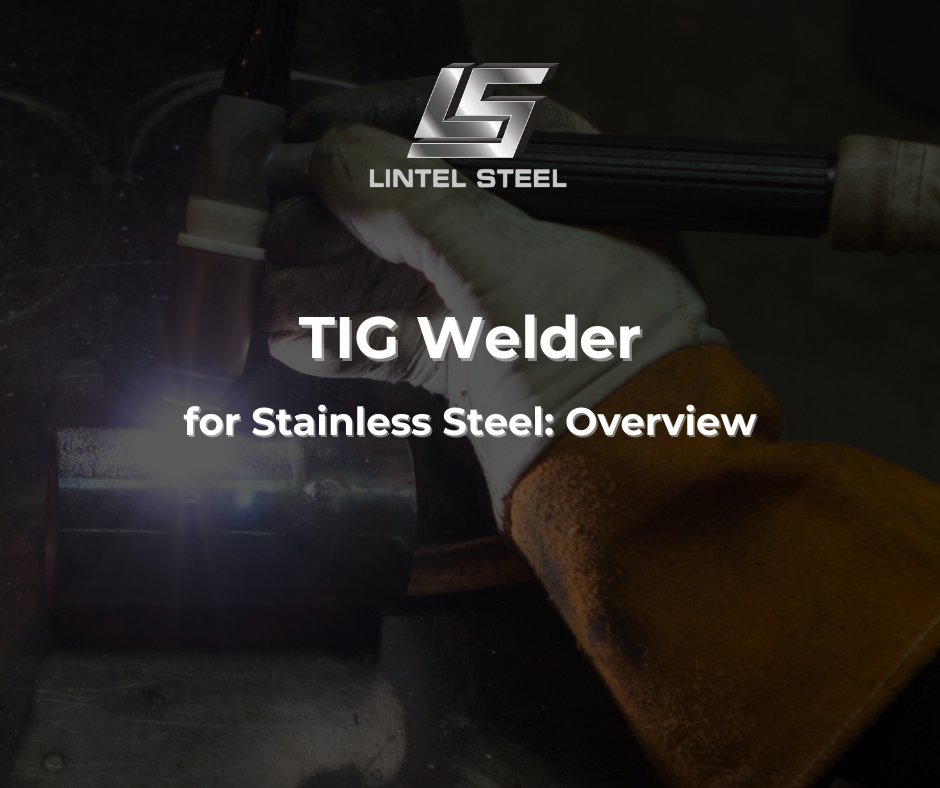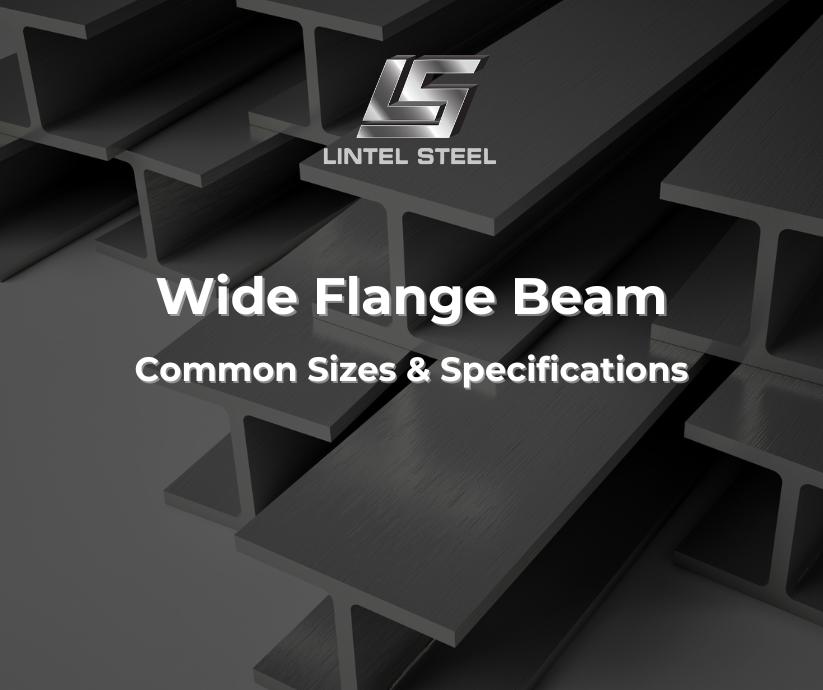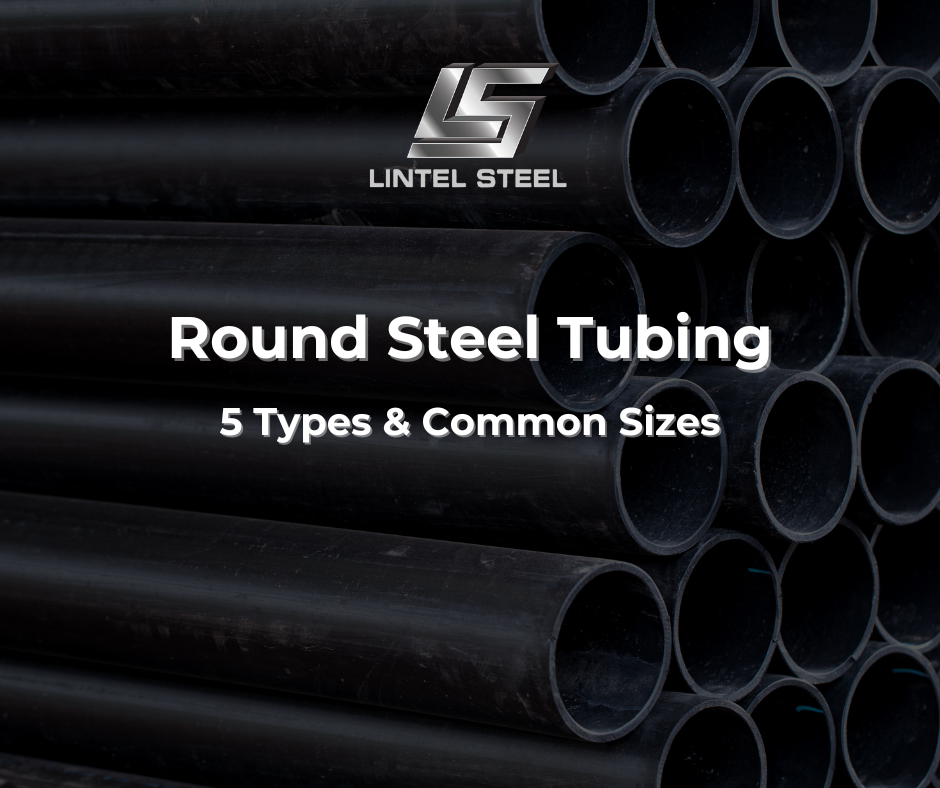Choosing SHS Sections: 4 Expert Ways to Pick Right

SHS sections, or Square Hollow Sections, are among the most commonly used steel profiles in modern construction, fabrication, and industrial applications. With their clean lines, uniform strength, and versatility, SHS sections are essential components in everything from building frames to furniture to fencing systems.
In this guide, you’ll discover what SHS sections are, why they matter, and how to choose the right size and grade for your project.
What Are SHS Sections?
SHS sections (Square Hollow Sections) are structural steel tubes with a square cross-section. They are part of the broader family of hollow structural sections (HSS), which also includes RHS (Rectangular Hollow Section) and CHS (Circular Hollow Section). The key feature of SHS sections is their equal-width sides, forming a square profile.
These sections are typically produced in various wall thicknesses and sizes, often ranging from 20mm x 20mm to 400mm x 400mm, depending on usage. They are manufactured using cold-formed or hot-finished processes, and available in different steel grades such as mild steel, stainless steel, and galvanised steel.
Why SHS Sections Are So Widely Used
The popularity of SHS sections comes from their balance of strength, stability, and aesthetics. Their symmetrical shape allows for even load distribution, while flat surfaces make them easy to weld, join, or fit with other components.
Some core benefits of SHS sections include:
- Uniform geometry for structural balance
- Easy to cut, drill, weld, and fabricate
- High compressive and torsional strength
- Clean, modern appearance for design projects
- Compatibility with a wide range of coatings
Common Applications of SHS Sections
Thanks to their strength and visual appeal, SHS sections are used across residential, commercial, and industrial settings. Let’s look at some of the most popular applications:
1. Building and Structural Frameworks
SHS sections are widely used in building structures, particularly for columns, beams, portal frames, and bracing systems. Their strength and resistance to bending and torsion make them a trusted choice for warehouses, commercial sheds, and architectural frames.
2. Fencing, Gates, and Enclosures
The square design of SHS sections makes them ideal for fabricating fences, sliding gates, and security grills. Their flat sides allow for seamless panel attachment and clean, consistent visual lines.
3. Steel Furniture and Fit-Outs
In the world of interior design, SHS sections are used for table frames, benches, shelving units, and retail displays. Powder-coated SHS tubes in black, white, or industrial grey create a minimalist, modern aesthetic.
4. Trailers, Racks, and Platforms
SHS sections are used in the automotive and transport sectors to build trailers, cargo racks, storage systems, and load-bearing platforms. They offer the required strength while keeping structures relatively lightweight.
5. Agricultural Equipment and Greenhouses
Farmers and rural builders rely on SHS sections to create greenhouse frames, cattle yard structures, machinery sheds, and other infrastructure that needs to endure outdoor conditions and heavy use.
Standard Sizes and Dimensions of SHS Sections
SHS steel tubes come in a wide variety of sizes, which are typically denoted by:
- Outside Width × Outside Height × Wall Thickness
- Example: 100mm x 100mm x 4.0mm
Some common SHS dimensions include:
| Size (mm) | Thickness (mm) | Common Use |
| 25 x 25 | 1.6 – 3.0 | Light furniture, gates |
| 50 x 50 | 2.0 – 4.0 | General framing, fences |
| 100 x 100 | 3.0 – 6.0 | Structural columns |
| 200 x 200 | 5.0 – 9.0 | Heavy-duty frameworks |
Dimensions may vary by supplier and country. Always refer to the manufacturer’s specs for accurate tolerances and load capacity.
SHS Sections: Mild Steel, Stainless, or Galvanised?
Depending on your project, you can choose different steel grades for SHS sections:
Mild Steel SHS
- Affordable and easy to weld
- Ideal for indoor or covered use
- Often painted or powder-coated
Stainless Steel SHS
- Corrosion-resistant
- Used in marine, food, or high-humidity settings
- High-end finish for architectural features
Galvanised SHS
- Coated with zinc for rust protection
- Great for outdoor use: fencing, rural structures, etc.
- Minimal maintenance required
How to Choose the Right SHS Section
Choosing the correct SHS section isn’t just about picking a size that looks right — it’s about matching the technical properties of the steel to your project’s structural, environmental, and aesthetic requirements. Whether you’re a builder, designer, or fabricator, here are the key factors you need to consider in detail:
1. Load Requirements: Static vs Dynamic Strength
One of the most important aspects of selecting an SHS section is understanding the type and amount of load the structure will need to support.
- Static loads, such as walls or roofs, exert constant pressure over time. For these, a standard SHS with moderate wall thickness (e.g., 3–5mm) may be sufficient.
- Dynamic loads, including vibration or movement (like in mechanical frames, lifts, or transport trailers), require a thicker-walled SHS that can handle fatigue and stress without buckling.
Additionally, the length of the span, the direction of loading, and the connection method (bolted, welded, etc.) also influence what size and thickness you need. For example, columns or posts carrying heavy vertical loads might need a 150x150x6.0mm SHS, while lightweight furniture legs can use 25x25x1.6mm.
Tip: Always consult load tables or an engineer when sizing SHS for structural applications.
2. Environmental Conditions: Corrosion and Climate Factors
Where the steel will be used plays a huge role in material selection. Steel is strong — but without proper protection, it’s also vulnerable to rust, corrosion, and wear over time.
- For indoor projects in dry environments, mild steel SHS (often painted or powder-coated) offers an affordable and practical solution.
- In outdoor or semi-exposed environments, galvanised SHS is recommended. The zinc coating provides a long-lasting barrier against rain, humidity, and general weathering.
- For marine, industrial, or high-humidity environments, stainless steel SHS is the gold standard. It resists corrosion caused by saltwater, chemicals, and cleaning agents — making it ideal for food-grade equipment, hospital fit-outs, and public infrastructure near the ocean.
Tip: Consider the full lifecycle cost — stainless steel may be more expensive upfront but could save you long-term maintenance and replacement costs.
3. Weldability and Fabrication Ease
If your project involves cutting, drilling, welding, or bending the SHS sections, you need to ensure the material is easy to work with.
- Mild steel SHS is highly weldable and fabricator-friendly. It’s the go-to choice for most welding jobs and standard constructions.
- Galvanised steel SHS can also be welded, but it requires safety precautions due to zinc fumes. In many cases, the area around the weld must be stripped, and the weld zone re-treated after joining.
- Stainless steel SHS can be welded with special techniques and equipment. However, it requires more experience to avoid surface discolouration or warping.
For tight tolerance applications — like machine frames or custom joinery — precision-cut and laser-welded SHS is often preferred.
Tip: Talk to your steel supplier or fabricator about whether the sections will be welded, painted, or treated — this affects both the steel grade and surface finish you should choose.
4. Aesthetic and Design Considerations
In many cases, SHS sections are not just hidden structural components — they are visible parts of a design. Their clean lines and symmetry make them ideal for modern, minimalist aesthetics in:
- Architectural columns
- Balustrades and handrails
- Designer furniture frames
- Shop fittings and display stands
If the SHS is going to be visible, consider using pre-coated, brushed stainless steel, or powder-coated mild steel options for a polished, finished look. Powder coating also adds a layer of protection and comes in a wide range of colours to match your branding or design palette.
Tip: When visual appeal is important, request test samples to see how different finishes look in your environment — especially under lighting.
5. Budget and Availability
Lastly, you’ll want to weigh your material choices against budget constraints and stock availability.
- Mild steel SHS is the most budget-friendly and widely available.
- Stainless and galvanised SHS come at a premium but may offer value in performance and durability.
- Custom sizes, finishes, or cutting services may increase cost and lead time.
If you’re managing a tight construction schedule, confirm lead times with your supplier and ask about off-the-shelf stock sizes to avoid delays.
Where to Buy SHS Sections in Australia (or Your Local Region)
Many steel suppliers across Australia and globally carry a wide variety of SHS sections. If you’re sourcing for a project, make sure the supplier offers:
- Custom cutting
- Technical advice
- Fast delivery
- Material certification
Local fabrication workshops and steel merchants can also assist with stock availability, sizes, and finishes.
Conclusion: SHS Sections Are the Go-To Choice for Strength and Simplicity
SHS sections offer unbeatable performance for projects that demand structural strength, clean aesthetics, and ease of use. Whether you’re building a shed, designing a retail display, or fabricating a fence, SHS is often the smartest choice.
Need help finding the right SHS section for your job? Contact your local steel supplier today and ask about sizes, grades, and custom-cut options.
You can find out more about us at our Fanpage Lintel Steel.





